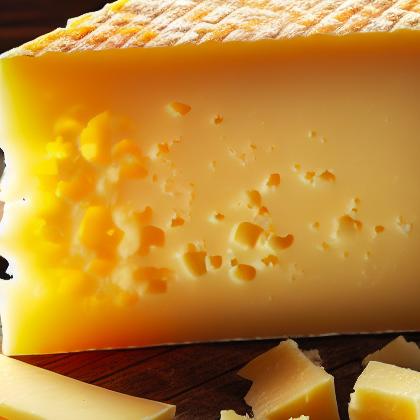Showing results for 'Manchego Cheese'
close
Manchego Cheese

Manchego is a cheese made in the La Mancha region of Spain from the milk of sheep of the manchega breed. Official manchego cheese is to be aged for between 60 days and two years.
Manchego Cheese Pairs With:
Food Item
Flavor Affinity Level
Manchego Cheese Properties:
| Food Property | Type | Description |
|---|---|---|
| Flavor Profile | Salty | Manchego cheese has a salty flavor profile due to the salt added during the cheese-making process. |
| Umami | Manchego cheese has a rich and savory umami flavor profile that enhances its overall taste. | |
| Texture | Firmness | Manchego cheese has a firm texture that is smooth and slightly grainy. |
| Nutritional Value | Macronutrients | Manchego cheese is high in protein and fat, making it a rich and filling food choice. |
| Micronutrients | Manchego cheese contains calcium, vitamin A, and vitamin B12, among other essential micronutrients. | |
| Color | Natural Pigments | Manchego cheese has a pale yellow color that comes from the natural pigments in the milk used to make it. |
| Aroma | Volatile Compounds | Manchego cheese has a strong and distinct aroma that is a result of the volatile compounds produced during the cheese-making process. |
| Chemical Composition | Acidity/Alkalinity (pH) | Manchego cheese has a slightly acidic pH level that contributes to its tangy flavor profile. |
| Cooking Behavior | Heat Conductivity | Manchego cheese melts easily when heated due to its high heat conductivity. |
| Water Retention | Manchego cheese retains its shape and does not release excess water when heated, making it a great melting cheese. | |
| Oil Absorption | Manchego cheese absorbs oil when cooked, adding richness and depth to dishes. |
Food Pairing App - Version 1.2.0
